"Women Share Miracles and We All Cry"
Avital Perl's daily visits to the sacred site in Shiloh reveal awe-inspiring stories. She shares her experience with the place, archaeological discoveries, and miraculous tales of hope.
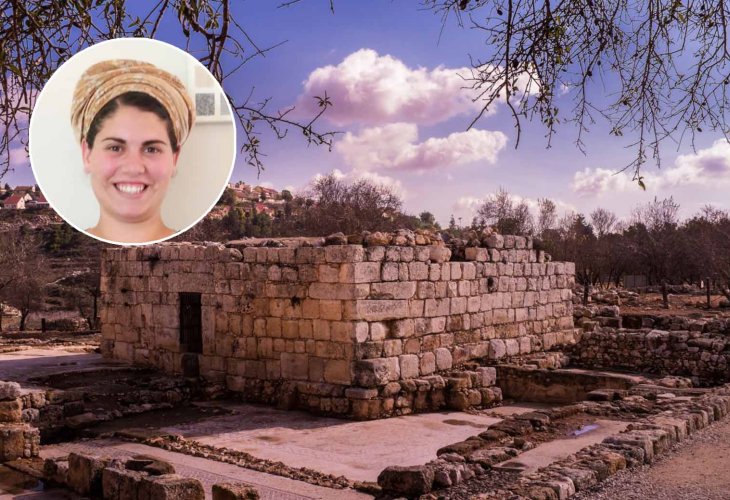 Inset: Avital Perl (Photo: Archive of Ancient Shiloh)
Inset: Avital Perl (Photo: Archive of Ancient Shiloh)When I talk to Avital Perl, who lives very close to the Mishkan site in Shiloh, she sounds excited. "I have to tell you a story," she says, "Just an hour ago someone called me and said he was a teacher and last year he came here with students who wanted to see the Mishkan site. I was sure he wanted to arrange another tour and I was already getting my calendar to set a date, but then he added: 'I'm speaking from the delivery room—we had a son after years of waiting, exactly nine months after I prayed here'."
This is not the first touching story Avital has heard, but it seems she always gets excited again. "The Mishkan site in Shiloh is not just a historical place," she notes, "Shiloh was actually the most significant station of the Mishkan after the Israelites entered the land. The Mishkan was here for 369 years. Although there is not the same sanctity as the Temple Mount, since the sanctity of the Mishkan was appropriate for that time. However, the place has great uniqueness, and many stories of miracles are heard here, especially stories of women coming to pray and being blessed."
Connected to the Mishkan
"The truth is I've been connected to the Mishkan site since I was a child," says Avital, "Although I didn't grow up in the area, my father showered us with a love for the Bible, and when we studied the book of Samuel together about the wandering Ark and about Elkanah and Hannah, he took us on a tour of Shiloh. In those days, there was almost nothing here, but it was clear that it was the Mishkan site, and from that moment I began to feel that I had a warm place in my heart for the story of Elkanah and Hannah and their unique connection with the people of Israel. Later, when I finished my studies, I came to Shiloh as part of a youth movement guidance, and I was very moved that I was coming to ancient Shiloh".
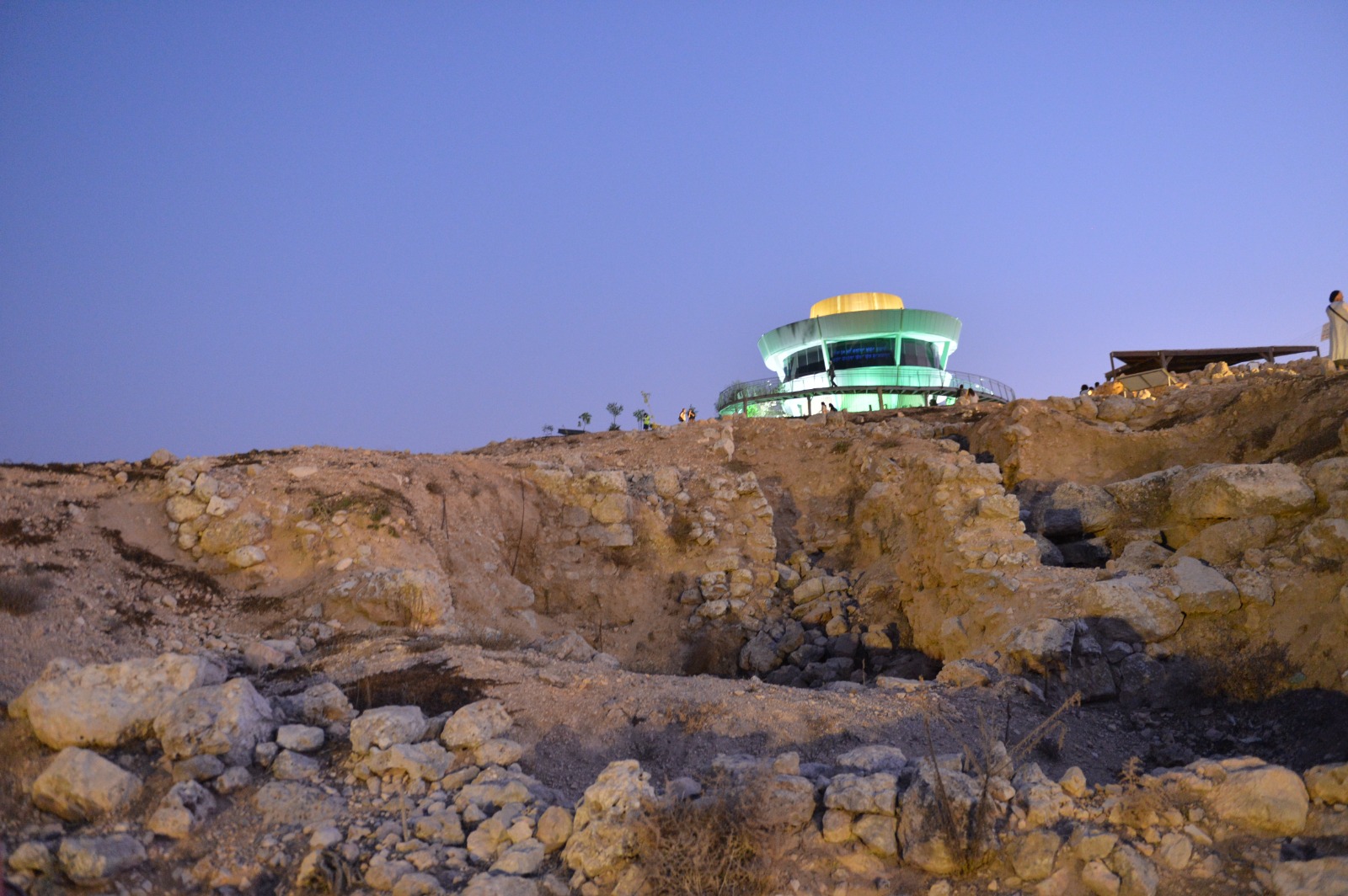 (Photo: Archive of Ancient Shiloh)
(Photo: Archive of Ancient Shiloh)It's already been eight years since Avital moved to Shiloh. "I got married, and we live very close—in Givat Haroeh. Incidentally, the name of the settlement where I live is directly linked to the Mishkan in Shiloh, as in those days they used to eat the sacrifices 'in every place from which they saw the Mishkan'. I open the window in the morning and see ancient Shiloh directly."
Avital emphasizes there are tangible proofs that the Mishkan was exactly in this area. "Over the years, many shards of pottery, bones of kosher animals, and vessels indicating the eating of sacrifices have been found on the hills surrounding Shiloh, along with arrowheads, jewelry, and glass fragments. Today there's an archaeological site where excavations document not only the time of the Mishkan but also the Second Temple period and later periods. Seeing all these things allows you to feel the holiness that was there and the bustling activity of those days. The interesting thing is that the archaeological abundance is endless. In every exposure, new treasures are uncovered."
Is there any remnant of the Mishkan itself?
"The only thing left is a stone frame the size of the Mishkan courtyard—50 by 100 cubits. We know that the Mishkan in Shiloh was built with a lower part of stones and an upper part with sheets. The existing stone frame is one of the strongest proofs of the Mishkan's existence exactly at this location."
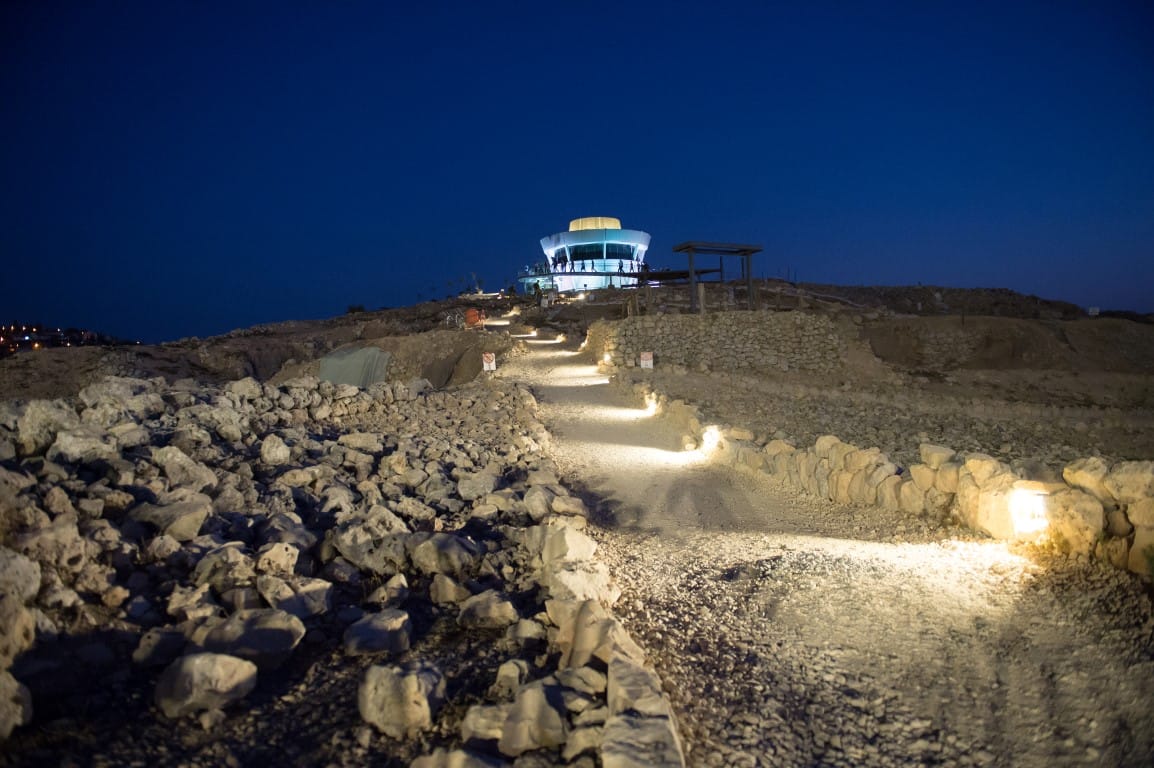 (Photo: Archive of Ancient Shiloh)
(Photo: Archive of Ancient Shiloh)
Witnessing Miracles
Avital notes she often finds herself contemplating the story of Elkanah and Hannah. "This is the period of Judges, when the people of Israel were in a great crisis, then a kind of cycle begins again—the people of Israel worship idols, then are punished, after that 'the land rested', and then come tough stories like the image of Micah, the concubine at Givah, and more. In the midst of all this difficult period, there are Elkanah and Hannah who dedicate themselves and travel to the Mishkan to lead Israel to Shiloh. There's a midrash describing how Elkanah used to make a pilgrimage four times a year, and each time he did so from a different route to bring more and more people to the Mishkan. He actually saw it as his mission to go on journeys across the land to convince people to come to the Mishkan and connect with holiness. He and Hannah really dedicated their lives to spreading the name of Hashem. The amazing thing is that even when Hannah asks for a son—she says in her prayer that she doesn't ask for him for herself but for Israel. I feel these stories also impact my personal life, as I ask myself where this touches me and how I can try to be like Elkanah and Hannah."
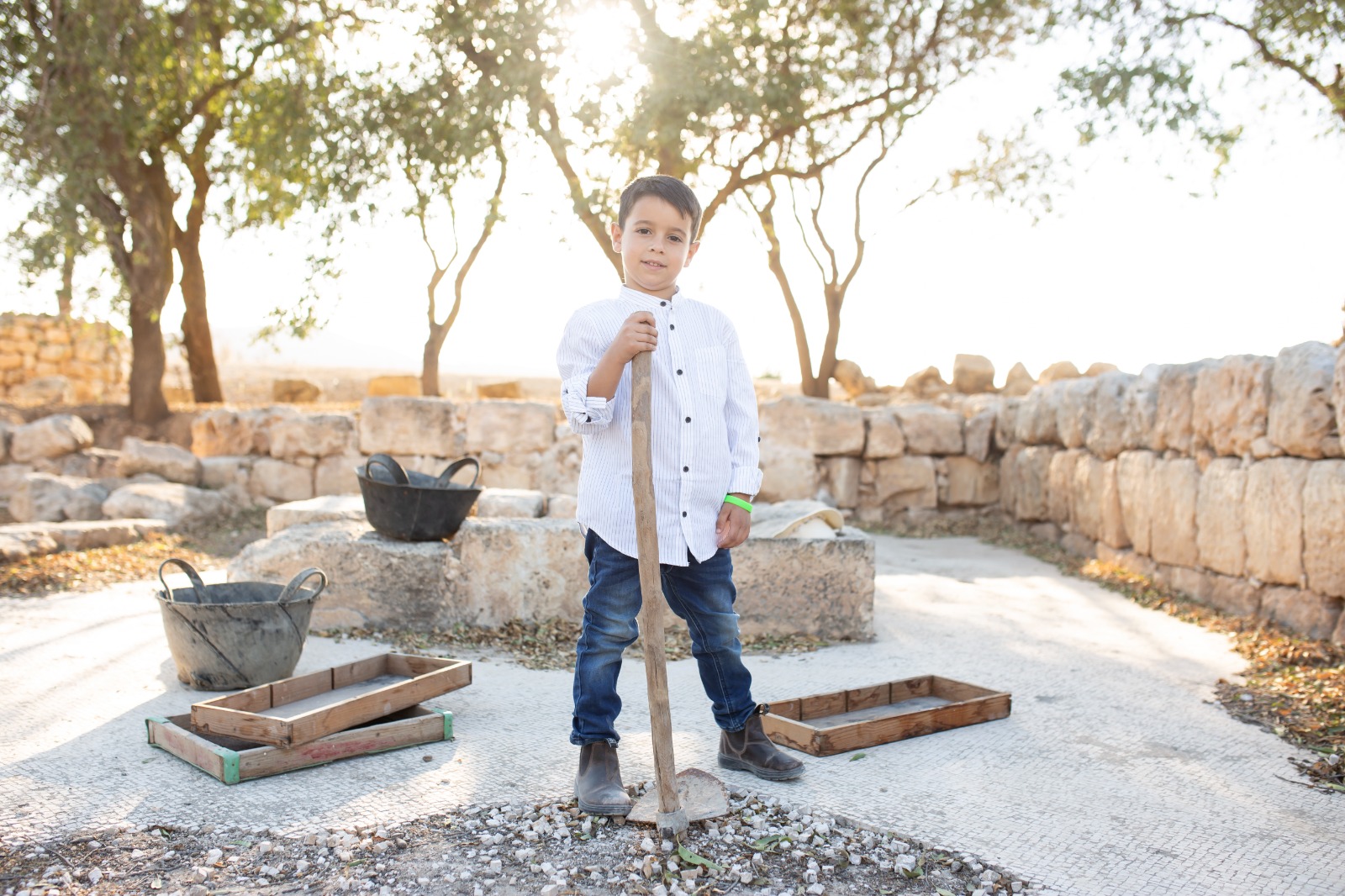 (Photo: Archive of Ancient Shiloh)
(Photo: Archive of Ancient Shiloh)Are there special times when people come to pray in Shiloh?
"People come here throughout the year, and of course during the intermediate days of Sukkot and Passover, they really feel they are making a pilgrimage. Every year on the 25th of Elul there's an event of 'Hannah's Prayer' with Rebbetzin Yemima Mizrachi. Thousands of women come who want to be blessed and feel a great privilege to pray here on the eve of Rosh Hashanah—the day Hannah was blessed. Every year, there's a very special and moving women's event."
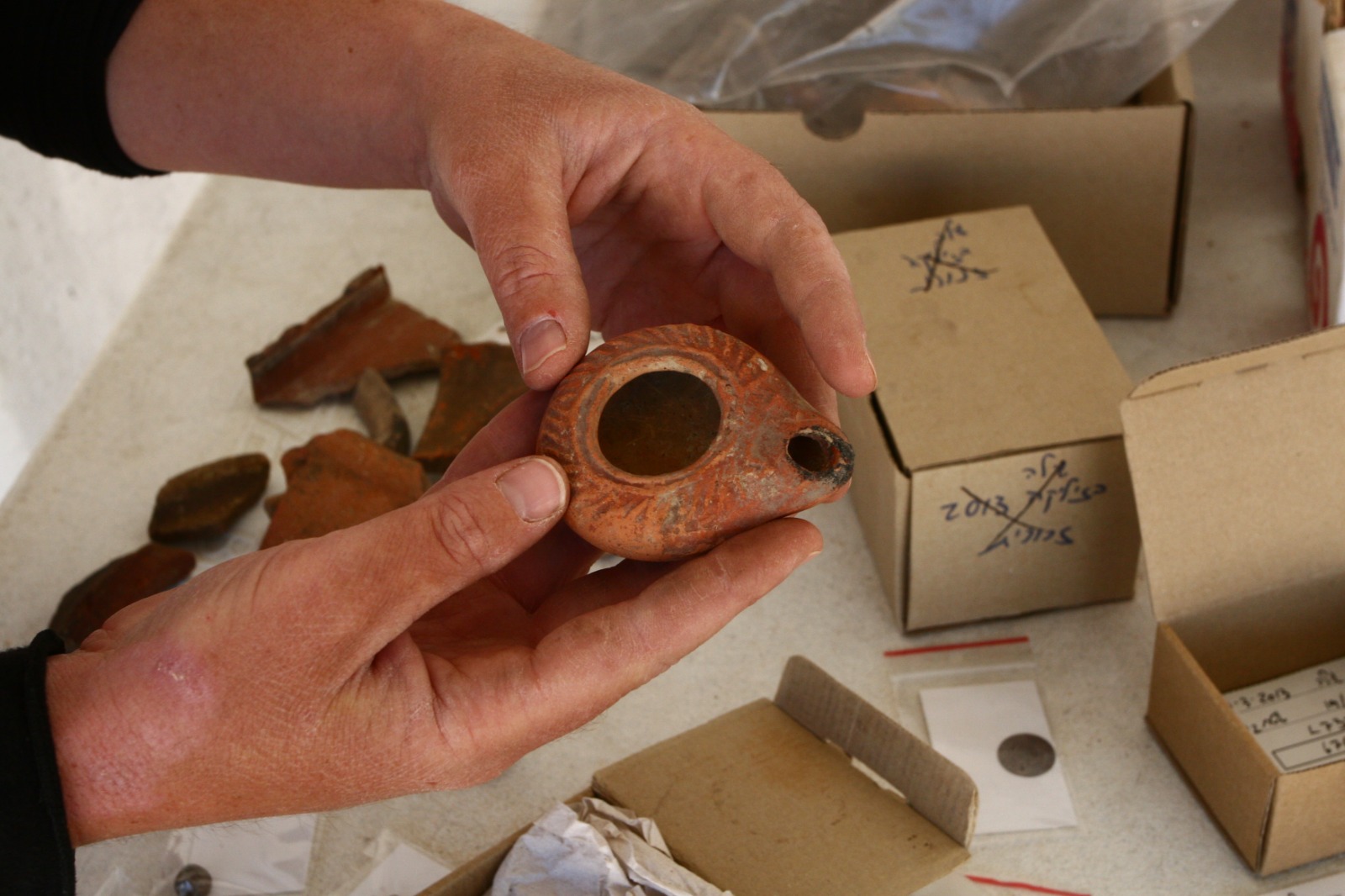 (Photo: Archive of Ancient Shiloh)
(Photo: Archive of Ancient Shiloh)"In general, many miracle stories are heard here. The women of the Shiloh settlement regularly collect names of women waiting for children and go down to the Mishkan site to pray for them. Personally, I know several children named 'Shmuel' after their mothers prayed here Hannah's Prayer and were blessed. I personally know a woman who was blessed about 30 years ago and named her son Shmuel. To this day, she comes here regularly and strengthens women with her story. I personally feel that since I started coming here regularly, I see special assistance from Heaven. It reflects on every step I take. You can't experience it otherwise."

